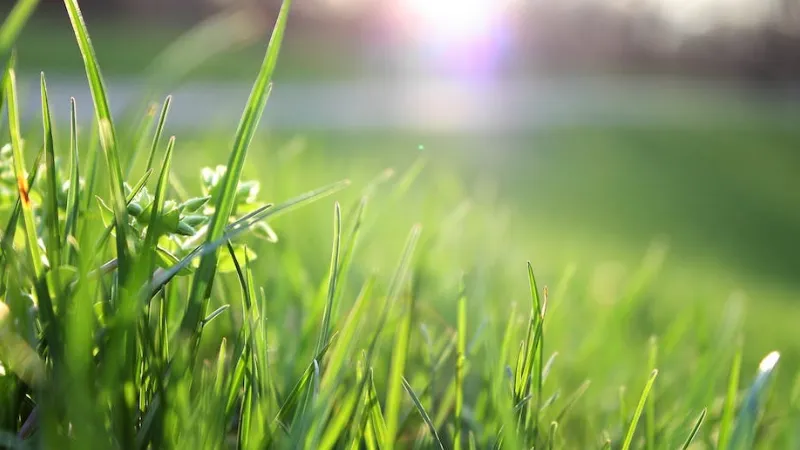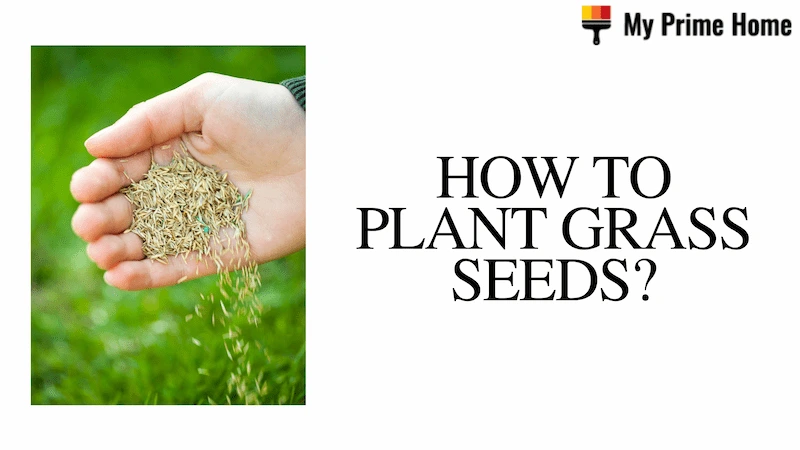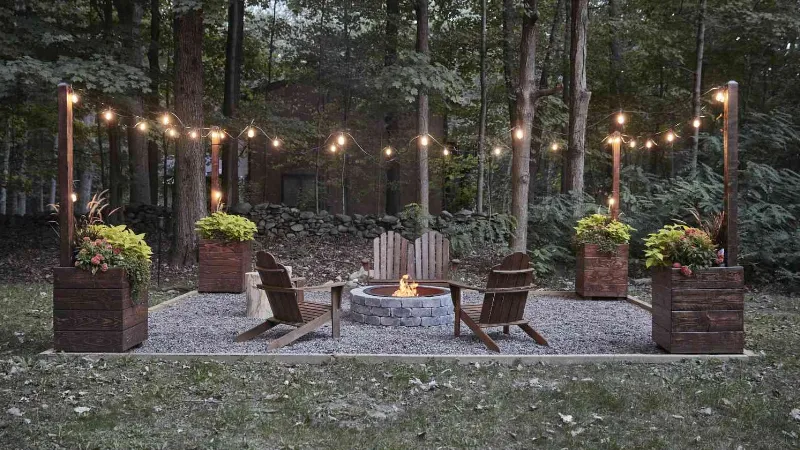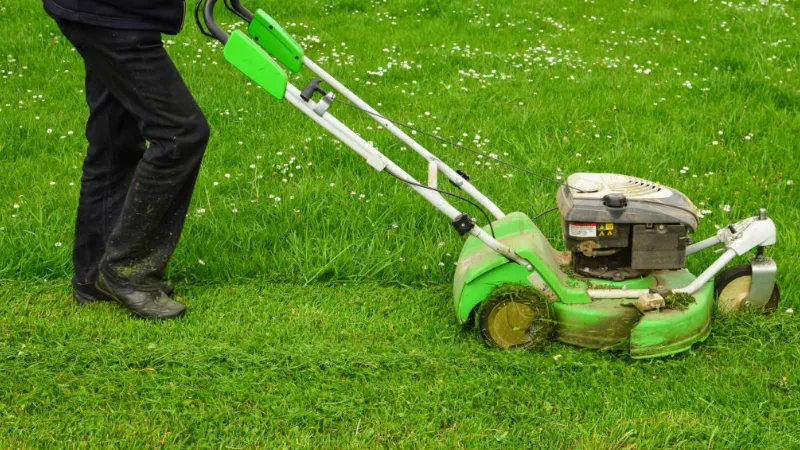Understanding your grasses’ growth patterns is essential to ensuring a beautiful and high-quality yard. If you’ve ever asked “when does grass stop growing?”, this guide is for you. Below will also tell you the reasons of grass stop growing, grass growth patterns throughout the year, and when does the grass plant grow?
When does grass stop growing? Grass stops growing in the fall when daytime temperatures tend to stay below 40-50 degrees Fahrenheit (5-10 degrees At temperatures below this range, it can still survive, but growth is too slow to necessitate routine mowing.
Please read on for more detailed information.
Why Does Grass Stop Growing?
When grass lacks the nutrients it requires to thrive normally, it stops growing. Heat, light, water, and nutrients are all necessary for grass to grow. If it can’t get what it needs, it goes on vacation (dormancy…). The grass is shielded by dormancy from environmental extremes, particularly in the temperature.
If it’s too hot or too cold, grass will stop growing. If it can’t get sunlight because of snow, foliage, or even short winter days, it stops growing. The roots of grass plants need both air and water. If they cannot get enough air and water, grass plants will stop growing.
- The effects of air and soil temperature on grass growth rates
Grass stops growing in the fall whentemperatures consistently remain between 40-50 degrees (5 to 10 degrees Celsius) in Fahrenheit. Even though grass can grow (albeit slowly) in air temperatures below freezing, it thrives best when temperatures are between 40 and 50 degrees Fahrenheit.
Keep in mind that the soil doesn’t instantly adjust to the same temperature as the air. Soil temperature takes time to drop, and soil temperature affects dormancy. It’s unrealistic to expect grass to stop growing immediately when the weather forecast calls for air temperatures of 40 degrees Fahrenheit due to this factor and the other intricate factors affecting grass growth. But a good general guideline is 40 degrees Fahrenheit.
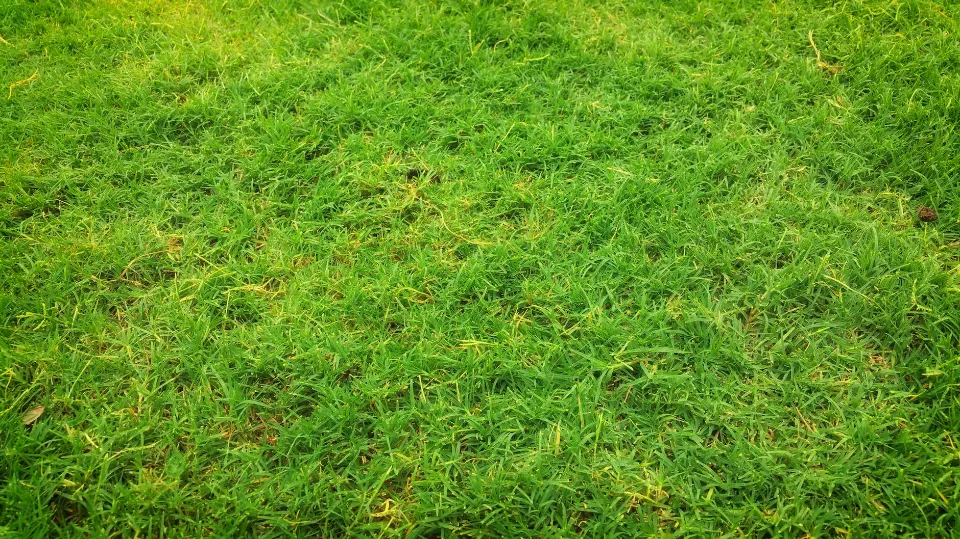
Grass Growth Patterns Throughout the Year
As the soil warms up in the spring, perennial grass plants have nice long roots full of energy they stored up in the fall. Grass plants use this energy to put on a burst of growth during the spring.
Due to the pleasant warm temperatures and ample sunlight, grass grows quickly in the late spring and early summer. Mid-summer can bring brief periods of dormancy during drought conditions, but grass can also grow well if it receives enough water and sunlight. As temperatures begin to fall and less sunlight is available in the late summer, growth begins to be restricted.
Temperatures improve for grass as fall approaches. During crisp fall days when the air is between roughly 55-75 °F (13-23 °C), grass blades begin to grow nicely once more. The grass also begins to grow its extensive roots, which over the winter store nutrients for the spring’s rapid growth.
The Last Mow of the Season
You should carefully plan and time your lawn’s final mowing in the fall based on the growth patterns of your lawn. This pre-winter trim can aid in preventing the growth of moldy fungus that could harm your yard. Warm-season grasses are typically cut for the final time before going dormant, usually before late October and the first frost. Before their dormant period begins in November, cool-season grasses should receive their last mowing.
When mowing their lawn for the last time, many homeowners make the error of cutting it too short. Unfortunately, this can damage the lawn by stunting its growth or causing it to go into hibernation too early. The key is to keep your height reasonable. Most guides recommend cutting grass to about 2 inches high. For cool-season varieties like Kentucky bluegrass, you can safely trim it to 2 ½ inches high during the last mow.
Can you mow wet grass? Short answer: No. Whether it’s early morning and the lawn is still dewy, a rainstorm just ended, or you just ran your sprinklers, you should skip the mow for now. Please read on for more detailed information.
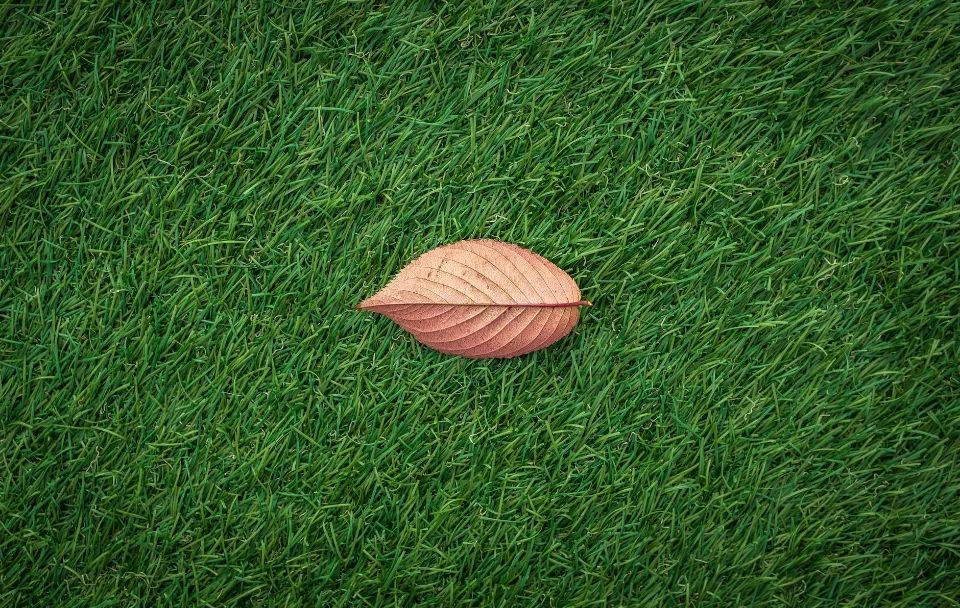
When Does the Grass Plant Grow?
A typical year would be:
Spring
The ideal conditions for the grass plant to flourish are moist soil, warm air temperatures, and high humidity.
Summer
In times of drought, the grass plant will not grow at all and its blades may completely dry out due to the drier air and soils that will affect its rate of growth.
Autumn
It’s typical for the air to start feeling humid once more while maintaining a warm temperature. Conditions improve once more, much like in the spring. However, as the temperature of the air and the soil begins to drop, so does the rate of growth of the grass plants.
Winter
The “dormant” season of winter is often used as a metaphor. The grass plant’s growth rate is completely slowed down by shorter days and colder ground and air temperatures, and in most cases, at some point during the winter, the plant will stop growing altogether. Read more: How Long Does Grass Seed Last?
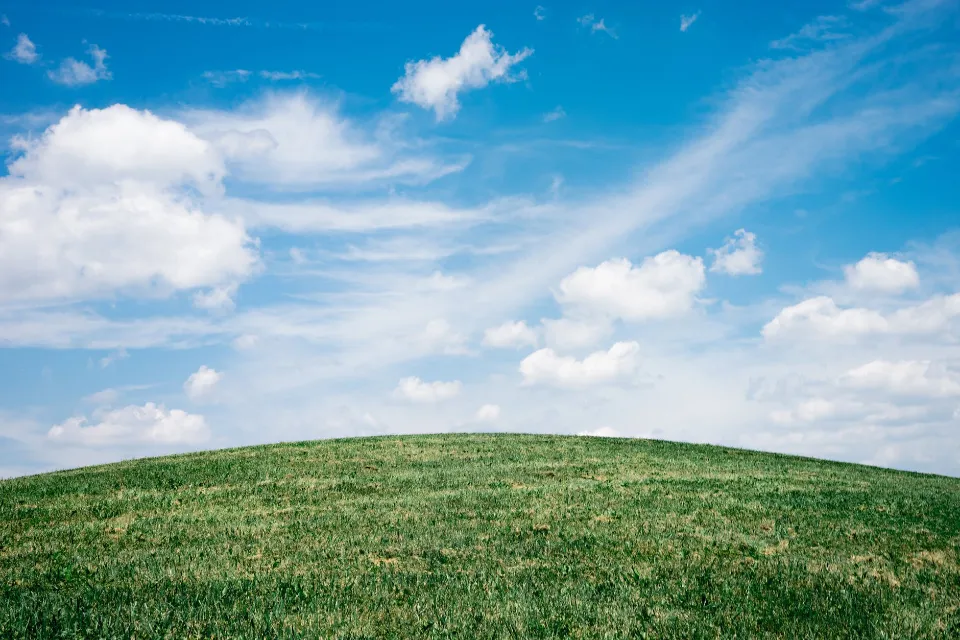
FAQs
When Should I Stop Cutting My Grass?
The soil temperature needs to drop to about 45 degrees Fahrenheit for cool-season grasses before dormancy occurs. In general, once the air temperature consistently stays below 60 degrees around warm-season grasses and 50 degrees around cool-season grasses, then it’s good to consider putting away that mower.
What Months Does Grass Grow the Most?
Grass growth reaches its maximum at a temperature of 50°F, which mainly occur during the spring months from March to May.
Is It OK to Cut Grass Every 2 Weeks?
How frequently you need to mow depends on the rate of grass growth and desired height of your lawn. Typically, mowing once a week during the growing season should suffice to keep your lawn healthy. If necessary, you can lower the frequency of cutting to every other week during the remaining time.
Does Grass Grow Better After It is Cut?
Grass grows faster after it’s been cut short as it tries to rebuild itself to its genetic norm. The typical highest setting on mowers, 2 to 3 inches, is a good in-season height for the majority of turfgrasses.
How Tall Will Grass Grow If Not Cut?
Most turf grasses can grow up to 4–24 inches tall. Pests, weeds, and diseases are more likely to attack an overgrown lawn. If you don’t mow your lawn, it might be challenging to do so later. One-third of your overgrown grass’ height can only be cut at once.
Summary: When Does Grass Stop Growing?
In the winter, when the air is damp and much colder, you can anticipate that your grass will stop growing.
Reduced daylight hours and lower ground and air temperatures all contribute to a slowdown in grass growth.
At some points the grass could stop growing completely – but it’s probably just an exaggerated dip in its growth.
The drier air and soil of the summer will slow the grass plant’s rate of growth.
The grass plant won’t grow at all during droughts, and in more severe summers, the blades might even completely dry out.
Autumn is generally good for grass growth so expect your lawn to thrive over the next few months, thanks to the late-summer heatwave followed by what is expected to be a cold October.
If you have any questions, please leave a comment. My Prime Home tries to give you the best home improvement information. Don’t forget to share the post. Thank you for reading.
Read about
